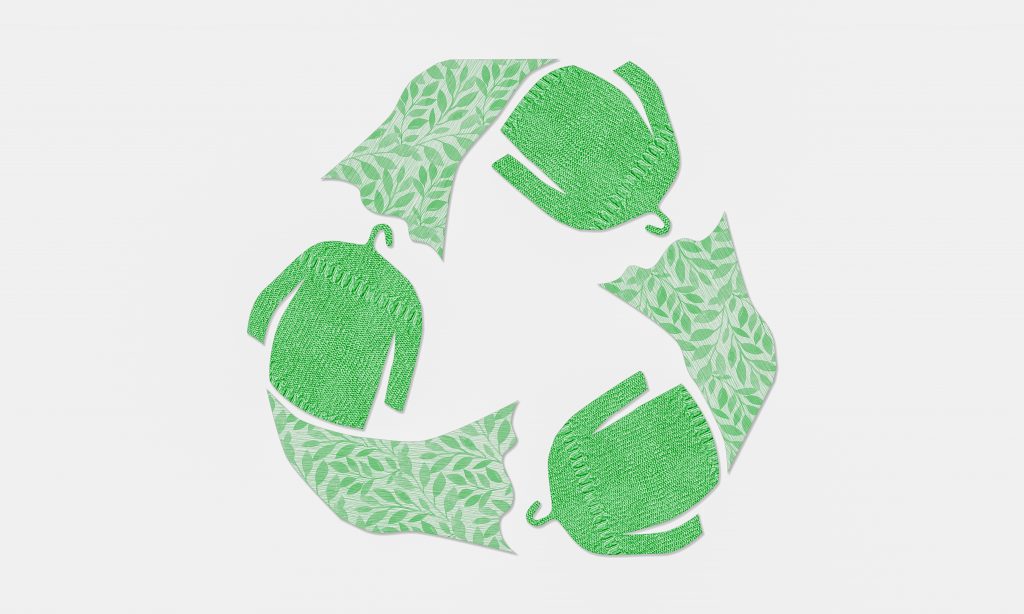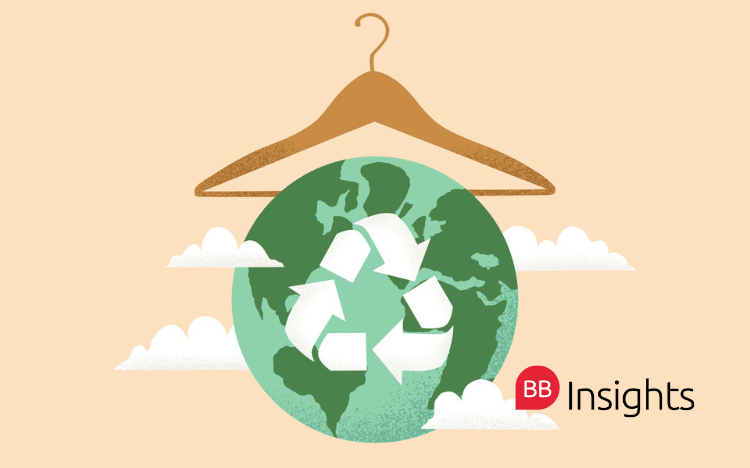Discover Cape Town Sustainable Fashion Boutiques and Brands
Discover Cape Town Sustainable Fashion Boutiques and Brands
Blog Article
Stay Ahead of the Curve by Exploring Ingenious Fashion Fads
In a sector as dynamic as fashion, staying ahead involves more than simply adhering to existing patterns-- it requires an exploration of technology. The convergence of modern technology and fashion proclaims a brand-new era of consumer interaction.

Accepting Smart Textiles
In recent times, the fashion business has experienced a transformative shift with the combination of smart textiles, an advanced advancement that blends modern technology with fabric. This development stands for not only a fusion of aesthetics and capability but also a substantial leap towards sustainability and personalization in fashion. Smart textiles, likewise referred to as e-textiles, installed innovative electronics such as sensors and conductive threads within the fabric, making it possible for garments to interact with the user or the environment.
These textiles are designed to monitor physiological criteria, such as heart rate or body temperature, offering real-time health analytics. Beyond health and wellness applications, wise textiles are also being made use of for flexible clothes, which can alter shade or pattern in action to environmental stimuli, thus offering a vibrant fashion experience.
Furthermore, the growth of energy-harvesting textiles that produce power from movement or sunshine is leading the way for self-sufficient wearable modern technology. This innovation is interesting ecologically aware consumers and designers intending to decrease the eco-friendly footprint of fashion. As r & d in this field breakthrough, clever textiles are expected to come to be significantly common, reshaping the landscape of modern-day style with their multifunctional capabilities.
The Rise of 3D Printing
Revolutionizing the manufacturing landscape, 3D printing has become a game-changer in the fashion business. This advanced modern technology has enabled developers to push the boundaries of creative thinking, generating elaborate and customized garments that were previously unimaginable. By leveraging digital style and additive production, 3D printing promotes the development of complicated geometries and patterns, allowing developers to explore brand-new textures and frameworks.
A notable benefit of 3D printing in style is its capacity to generate on-demand, minimizing waste and minimizing stock demands. This efficiency not only enhances manufacturing procedures yet also permits rapid prototyping, allowing developers to bring their visions to life in a much shorter timeframe. Moreover, 3D printing supports personalization somewhat unmatched by conventional methods, providing tailored fits and distinct designs tailored to specific customer preferences.
The increase of 3D printing has also equalized fashion, making it available to arising developers who can now fabricate premium items without significant economic investment in conventional manufacturing facilities. As technology continues to breakthrough, the apparel industry is poised to harness the full potential of 3D printing, checking out new products and techniques that will definitely redefine how fashion is developed and created.
Sustainable Fashion Developments
As the style market grapples with the pushing need for environmental obligation, lasting style technologies have arised at the forefront of transformative modification. The expanding understanding of environmental impact has sustained a shift in the direction of more eco-conscious practices and materials. Designers and brands are now prioritizing sustainability, incorporating approaches that reduce waste and reduce carbon footprints.
One considerable development is the rise of round fashion, which highlights recycling and upcycling to extend the lifecycle of garments. This technique not only decreases waste yet additionally encourages customers to take on an extra mindful strategy to garments usage. Furthermore, the usage of sustainable products, such as natural cotton, hemp, and recycled polyester, has actually acquired grip. These products call for less water and energy throughout production, considerably lessening environmental effect.
An additional development depends on the adoption of cutting-edge dyeing methods that make use of natural dyes or waterless procedures, therefore lowering the large quantities of water and chemicals typically made use of in fabric dyeing. In addition, developments in biotechnology have brought about the development of lab-grown leather and materials, providing cruelty-free and eco-friendly alternatives to standard materials. Via these pioneering efforts, the fashion business is making purposeful strides in the direction of a much more lasting future.

Tech-Integrated Clothing
Tech-integrated garments stands for a groundbreaking blend of fashion and technology, reshaping how people connect with their clothes. This ingenious domain is noted by the incorporation of wise fabrics and embedded digital elements, improving both functionality and aesthetic allure. From physical fitness trackers installed in sportswear to warmed jackets regulated using smart device applications, tech-integrated clothing offers customers unmatched ease and versatility.
Pioneering brand names are driving this trend, concentrating on producing garments that respond to environmental stimulations or individual commands. As an example, some garments can transform color or pattern in reaction to temperature shifts, while others include biometric sensing units to monitor health and wellness metrics like heart price or stress and anxiety degrees. The seamless integration of technology right into textiles likewise reaches environmental sustainability, with efforts to create self-cleaning textiles or garments that get used to weather, hence minimizing the demand for numerous layers.
Additionally, the introduction of wearable modern technology is not just limited to clothing however encompasses accessories like watches and glasses, additional broadening the extent of tech-integrated fashion. As the sector proceeds to introduce, the possibility Recommended Reading for personalization and personalization in garments expands, offering consumers special, tech-enhanced fashion experiences that satisfy their private demands and preferences.
Future of Virtual Style
Recently, the future of online fashion has arised as a transformative pressure within the sector, leveraging innovations in digital innovation to redefine exactly how fashion is created, experienced, and eaten. By integrating augmented fact (AR), digital truth (VR), and 3D design tools, designers can currently craft immersive and interactive experiences that transcend conventional fashion boundaries. Virtual style enables the creation of garments that exist exclusively in digital settings, providing unlimited opportunities for technology without the restrictions of physical production.
This electronic change not just offers possibilities for creative expression yet likewise addresses sustainability issues intrinsic in standard style practices. Cape Town Sustainable Fashion. By eliminating the requirement for physical sources, online style decreases waste and reduces carbon footprints. Moreover, the surge of virtual style lines up with the enhancing consumer demand for tailored and one-of-a-kind experiences, as virtual garments can be i loved this tailored and tailored to private preferences effortlessly

Final Thought
The style market's future lies in the combination of lasting methods and innovative innovations. Virtual fashion is positioned to redefine consumer interactions.
In recent years, the fashion market has actually observed a transformative shift with the combination of clever fabrics, a cutting-edge innovation that mixes modern technology with fabric.As the style industry grapples with the pressing demand for ecological responsibility, lasting fashion developments have emerged at the leading edge of transformative change.In current years, the future of digital style has arised as a transformative pressure within the industry, leveraging innovations in digital innovation to redefine exactly how Full Article style is developed, experienced, and eaten. The surge of online fashion aligns with the increasing customer demand for customized and distinct experiences, as virtual garments can be personalized and tailored to private choices with simplicity.
The fashion sector's future lies in the integration of sustainable methods and ingenious innovations.
Report this page